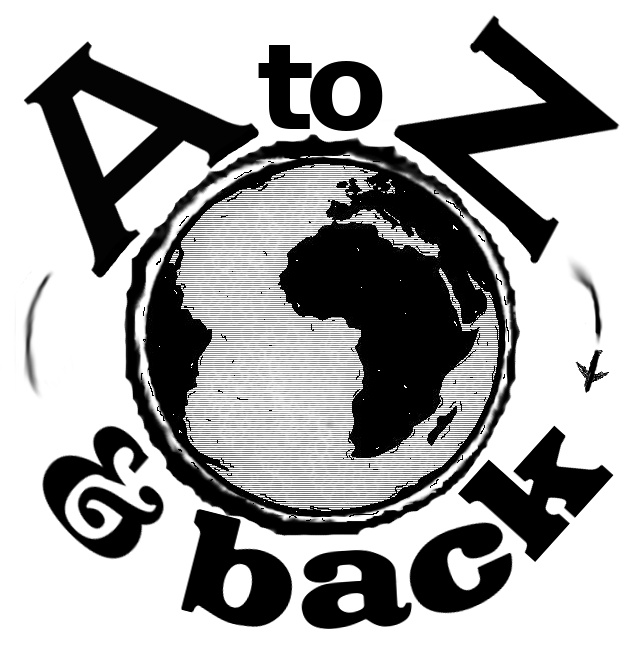I just realized I don’t have an article to refer to on this topic, while I’ve been using and talking about these methods for some years, so I’ll briefly describe what I mean here.
The term comes from “Participatory Research in Linguistics”, by Constance Kutsch Lojenga (1996). Others have used it, but the basic idea is to involve people in the analysis of their own language, as much as possible.
While this may seem a weird thing to have to say, many Field Methods courses in linguistics involve asking a naive speaker how to say things (or if saying something is grammatical), while the researcher takes notes. Those notes are not typically shared with the speaker, and it is relatively unimportant whether the speaker has any idea what is going on.
This is the paradigm that we are turning on its head, when we want to involve as many community members in the analysis, as much as possible.
Involving as many people as possible is good for our data, because it means we aren’t basing our analysis of the language on what just one person says. I join many in believing that language is a community property, not that of a single person. Yet it is not uncommon to have claims about a language made on the basis of a single person’s production. Involving more people can only increase our confidence that our data represents the language as a whole.
Involving as many people as possible is good for our analysis, as well. When I sit on the other side of a clipboard, and leave the “naive speaker” out of my thinking entirely, I’m looking at only half the problem. Sure, I can see how things look from the outside (etic), but I cannot see how things look from the inside (emic) anywhere near as well as can a native speaker of the language. Even if my analysis could be completely right without that inside perspective, its presence can confirm the rightness of that analysis. But working from both inside and outside the language allows more perspective to push the work forward faster, and on a more sure footing.
Involving as many people as possible is also good for the community of people who speak the language. I have no interest in finding out a lot of cool things about a language, publishing them and becoming famous (as if), and leaving the people who speak that language ignorant of the work. On the contrary, I think the community is best served by being as involved in the work as possible, so that as the work progresses, those who are most closely involved in the work can explain it to those around them —and typically in terms that might escape my attempts to do so. This accomplishes two things: it builds a cadre of people who are able to teach the analysis to others, and it increases the number and kind of people within reach of that teaching.
Consider the implications for literacy work. The above might not mean much to you if I’m dealing with some obscure syntactic phenomenon that you couldn’t even point out in English, like “Successive Cyclic Movement and Island Repair” (which is a real topic of conversation between some linguists, btw). But if I’m producing a booklet that should help literacy teachers teach people how to read, but no one understands the booklet, how will they teach people to read? On the other hand, when I finish a workshop, anywhere from three to fifteen people have a good idea what we’ve done, and could explain it to someone else. Maybe they’re not ready to be literacy teachers yet, but they are at least on their way there.
So involving as many people as possible is good for our data, for our analysis, and for the people we work with. Because I am strongly invested in all of these, I use these methods almost exclusively.
There is a caveat: I’ve put “as much as possible” hedges above intentionally. I have a couple graduate degrees in linguistics, and I shouldn’t assume that everyone can understand everything I have figured out in a language, or even what I’m trying to figure out, or why. There are times where I have to accept the limits of the people I’m working on, and use what I can get from participatory methods. There are lots of things in my dissertation that I wouldn’t bring up with almost anybody, without some serious background conversation (and for some not even then). Rather, as I consider what is possible, I seek ways to simplify and explain what we’re doing so a subsistence farmer might be able to grasp it. This is why we use papers in workshops, rather than computers. This is why we stack them in piles, organizing them visually on a surface to show the differences between them. To invite and enable more participation, will only increase the value of our work.


0 Comments